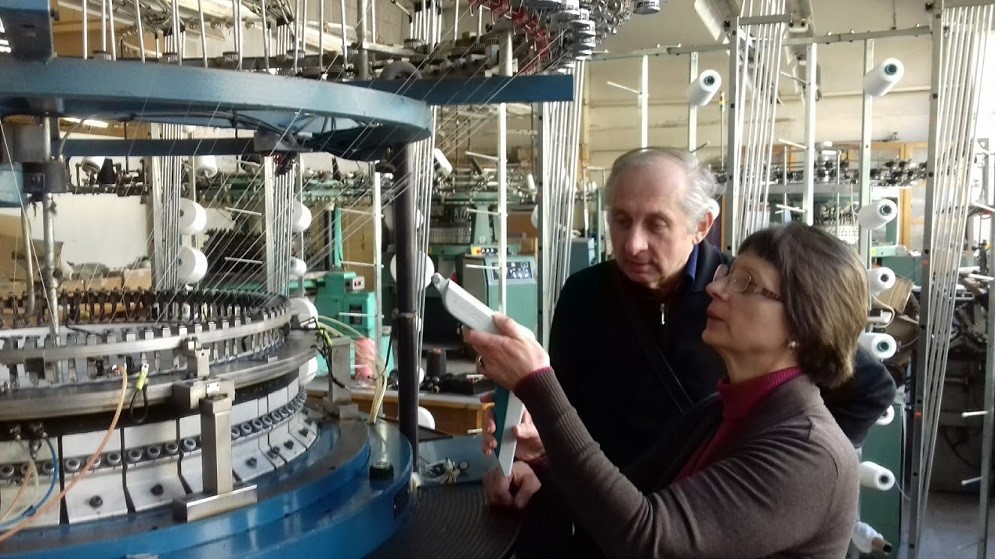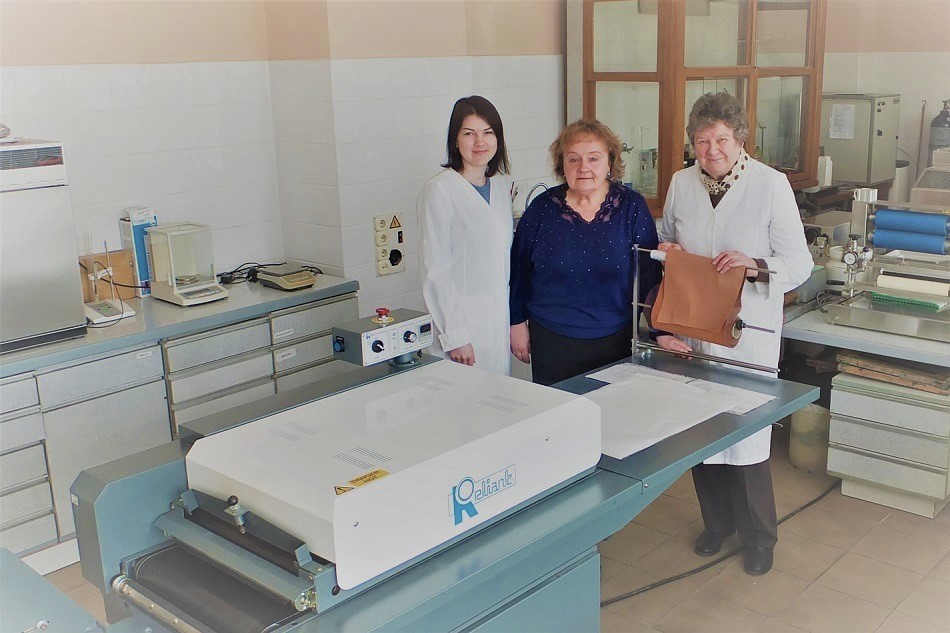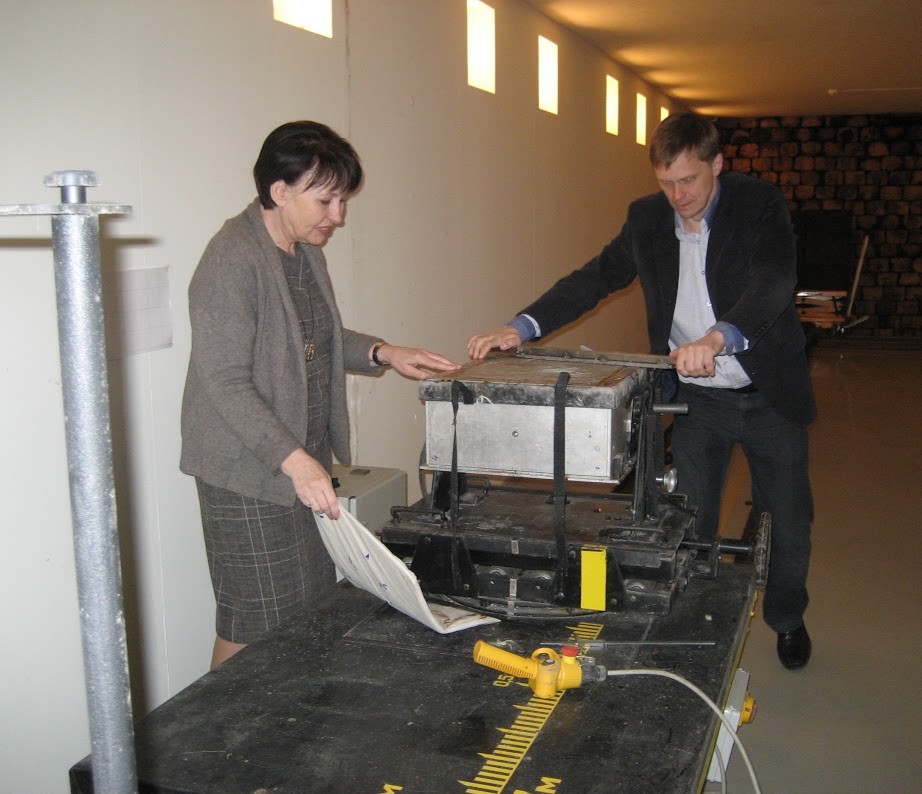Structure
- Home
- Structure
- Scientific Divisions
- Department of Textile Technologies
- Laboratory of Smart and Functional Textiles
Scientific Divisions
- Structure
- Administration
- Scientific Board
- International Advisory Board
-
Scientific Divisions
- Accredited Corrosion Research Laboratory
- Department of Catalysis
- Department of Characterisation of Materials Structure
- Department of Chemical Engineering and Technology
- Department of Electrochemical Material Science
- Laboratory of Electronic Processes
- Department of Environmental Research
- Department of Functional Materials and Electronics
- Department of Fundamental Research
- Department of Laser Technologies
- Department of Molecular Compound Physics
- Department of Nanoengineering
- Department of Nanotechnology
- Department of Nuclear Research
- Department of Optoelectronics
- Department of Organic Chemistry
- Department of Physical Technologies
- Department of Textile Technologies
Laboratory of Smart and Functional Textiles
Head of Laboratory dr. Aušra Abraitienė Phone. +37037308666
Phone. +37037308666
Main activities of the laboratory:
-
Manufacturing technologies of textile materials are investigated and developed in the laboratory. Using various compositions of raw materials and different manufacturing technologies, functional textiles for various purposes are developed: knitted materials with active thermoregulatory properties, woven fabrics with various functional properties - non-flammable, electrically conductive, protecting against the electromagnetic field, etc.

- The laboratory is active in the R&D of energy-saving and environmentally friendly nano-finishing technologies for textiles. Research projects are carried out aiming to activate the surface of the textile materials and to initiate therein chemical changes by using low-pressure non-polymer gas plasma treatment. The incorporation of micro- and nanostructures into the textiles with different fiber content and construction is applied. Textiles with (multi)functional properties (antimicrobial, reduced flammability, antistatic, resistant to surface wetting and soiling, electromagnetic shielding, etc.) are investigated using different polymer coating and lamination technologies. Scientists focus on the development of smart textiles by carrying out research on textiles with incorporated phase-changing materials, bio-ceramic additives, organic conductors and nanostructure carbon derivatives. The laboratory is also involved in the investigation of possibilities to apply combined functional properties to various textile materials.

- Theoretical and experimental investigations of protective clothing are carried out in this laboratory. Applying interdisciplinary research and up-to-date research methods, smart textiles and protective clothing technologies are investigated and developed. The main objects of the research are body armour and smart garments. Computational modelling of ballistic impact and heat transfer processes are developed, micro- and macro- level computational models of finite elements of textile structures are created aiming to determine the functional properties of body armour and other protective garments. The models of protective clothing are designed and their functional and ergonomic properties are investigated. New materials, worn electronics and IT components are used to create novel textiles.
